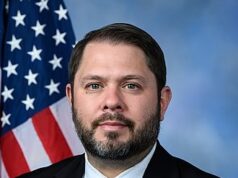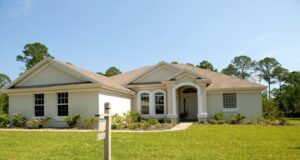USGBC to Offer Free LEED Certification to Groundbreaking Projects in New Markets
Washington, D.C. – June 5, 2013 – (RealEstateRama) — (June 5, 2013) — In an effort to accelerate sustainable development around the world, the U.S. Green Building Council (USGBC), creators of the LEED green building program, announced today a new campaign offering free LEED certification to the first projects to certify in the 112 countries where LEED has yet to take root.
Coined “LEED Earth,” this campaign aims to bring LEED certification and thereby better-performing buildings into new markets. LEED is a global approach to more efficient, environmentally-sound buildings and is universally adaptable to address issues such as energy and potable water use, environmental toxins and human health concerns related to indoor environments. All building types are welcome to participate across the suite of LEED rating systems, including: new construction, commercial interiors, existing buildings, core & shell structures, new homes and neighborhood developments.
“LEED is a global language and can become a catalyst for incremental change toward a sustainable future. USGBC is committed to bringing LEED to every country in the world while continuing to foster innovation and achievement in existing global markets,” said Rick Fedrizzi, President, CEO and Founding Chair, USGBC. “Buildings are the single greatest contributor to greenhouse gas emissions of any sector, and the least costly way to alleviate the environmental stresses of our changing planet. LEED is the tool to get the job done.”
LEED has opened a new chapter in building design, construction, operations and maintenance by challenging businesses to aim higher in the pursuit of energy efficiency and environmental sustainability. LEED has helped transform the green building movement into a $140 billion industry, making sustainability the market standard.
With LEED projects in 140 countries and territories, 1.5 million square feet of construction space earn LEED certification each day, the equivalent of nearly four Empire State Buildings a week. LEED v4, the next iteration of the LEED green building rating system, will go to a USGBC member vote this June and is set to launch at the end of 2013. The newest version of LEED will have a strong emphasis on building performance.
To participate in the program and register a project, contact us at . For the campaign’s rules and regulations click here. Share your involvement in the campaign or follow updates on Twitter with hashtag #LEEDEarth.
About the U.S. Green Building Council (USGBC)?
The U.S. Green Building Council (USGBC) is committed to a prosperous and sustainable future through cost-efficient and energy-saving green buildings. USGBC works toward its mission of market transformation through its LEED green building certification program, robust educational offerings, a network of chapters and affiliates, the annual Greenbuild International Conference & Expo, and advocacy in support of public policy that encourages and enables green buildings and communities. For more information, visit usgbc.org, and connect on Weibo and LinkedIn.
About LEED
As the most widely recognized and widely used green building program across the globe, LEED is transforming buildings, homes and communities in all 50 states and 147 countries and territories. LEED guides the design, construction, operations and maintenance of more than 50,000 projects worldwide, comprising 9.8 billion square feet (836,127,360 sq meters) of commercial and institutional construction space, and more than 134,000 additional residential units. By using less energy, LEED-certified spaces save money for families, businesses and taxpayers; reduce carbon emissions; and contribute to a healthier environment for residents, workers and the larger community. Learn more at usgbc.org/leed.














